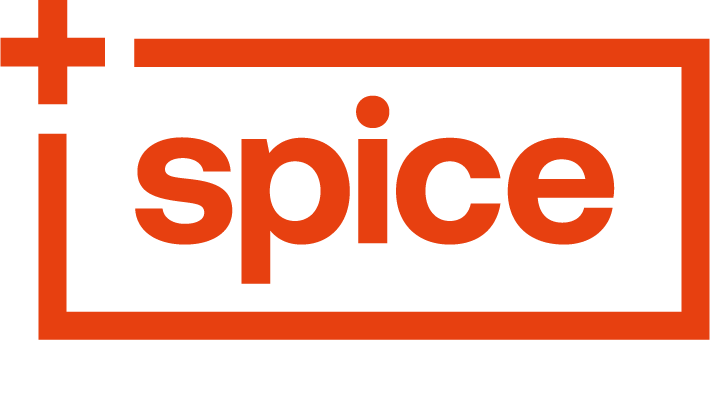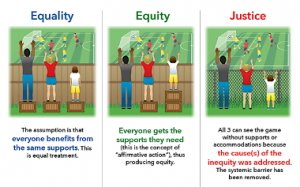
What would your organisation be without your staff?
In business, your people are far and away your greatest asset. Ensuring they get recognition benefits not only them, but you. In fact, it literally pays to be good at employee recognition.
Businesses with a solid strategy to recognise team members enjoy stronger engagement, increased employee morale, better customer service, and lower turnover.
Acknowledging achievement can have a serious return on investment, resulting in higher productivity and better business outcomes.
So, what is employee recognition and how do you show it? Let’s explore the concept now.
Staff Recognition: Recognising Your Greatest Asset
What Is Employee Recognition?
Employee recognition is all about acknowledging the hard work and accomplishments of the individuals and teams in your business. It’s about creating an emotional connection between your employees and your business and supporting the work your people do.
Well-thought-out recognition can make your people feel valued, respected – even loved. Obviously, that is not only great for your team as a whole, but great for your business too.
Effective Recognition Can Benefit You Too
If you can manage to get your employee recognition right, it can contribute toward your business being seen as an employer of choice. This is great for a number of reasons as it puts you in the driver’s seat for recruiting, hiring, and retaining the best people.
While the job market is as competitive as it is, having potential employees seek you out is the ideal position to be in. But getting there requires a thoughtful and strategic approach that begins with understanding what people value most at work. Research (and evidence!) shows effective employee recognition is something employees truly value.
A New Way Of Working Needs A New Kind Of Recognition
Since the beginning of the pandemic, there’s been a greater sense of urgency around showing employees they’re valued. Many of us have moved work into our homes for at least some of our work week, creating a major lifestyle change.
Whilst working from home has introduced greater flexibility and autonomy for the employee, it also means juggling home life with their online work persona. This can lead to employees feeling like they’re living at work. It can be tricky to get a true definition between work and home, so it can be helpful for managers and team members to modify traditional working habits.
To make remote work function well, a shift in mindset from hours on the keyboard to an output focus can help. Boost that concept with recognition strategies that are effective at appreciating both those who are off-site and those who are in the office, and you’ll be onto a winner!
Employee Recognition, 2022-Style
Employee recognition in 2022, might look a little different to your usual strategies. This is especially true if you have some team members working from home for some of their work week. So, what can recognition and reward look like for those not based in the office?
You guessed it: it looks kind of screen-based! In addition to traditional means of recognition, rewards and gifts, here are some new trends to consider in the employee recognition space:
- Digital recognition platforms like Bucketlist can make it easy and fun for fellow employees and managers to recognise and reward one another for milestones, achievements, and a job well done.
- Gamification: make things competitive! Use point scoring, competitions, and leader boards to recognise your true stars.
- Try ways to apply peer-to-peer recognition between your staff – instead of just managers handing out rewards.
- Go old school by picking up the phone to chat and connect with your people to say a personal ‘thank you’ from time to time. Also, make sure you catch up with each team member face to face when they are actually in the office to recognise their contributions.
Balancing Digital And In-Person Recognition
For many of us, it feels like we’ve spent the last few years staring at various screens both in work and personal life. So, it is important to get a good balance between your digital and in-person employee recognition strategies.
As working environments continue to evolve, we need to make sure our strategies evolve with them. In-person recognition can be trickier with the popularity of remote working, but it isn’t impossible to achieve. When setting your recognition strategies, ensure you are mindful of this balance.
Rewarding your workforce creates a constructive company culture of engaged employees, which is the key to business success and profitability. If you’d like to know more about the many different ways to effectively recognise your well-deserving staff, talk to one of the Spice Gals today.









 How To Find The Elusive Work Life Balance
How To Find The Elusive Work Life Balance


